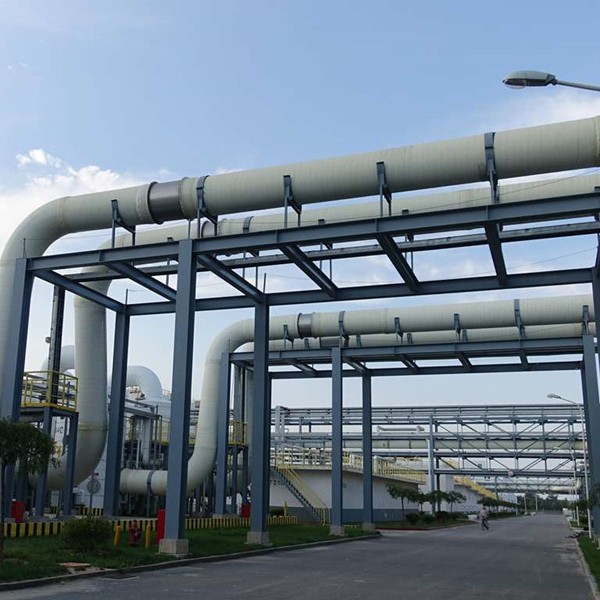
-
 Afrikaans
Afrikaans -
 Albanian
Albanian -
 Amharic
Amharic -
 Arabic
Arabic -
 Armenian
Armenian -
 Azerbaijani
Azerbaijani -
 Basque
Basque -
 Belarusian
Belarusian -
 Bengali
Bengali -
 Bosnian
Bosnian -
 Bulgarian
Bulgarian -
 Catalan
Catalan -
 Cebuano
Cebuano -
 China
China -
 China (Taiwan)
China (Taiwan) -
 Corsican
Corsican -
 Croatian
Croatian -
 Czech
Czech -
 Danish
Danish -
 Dutch
Dutch -
 English
English -
 Esperanto
Esperanto -
 Estonian
Estonian -
 Finnish
Finnish -
 French
French -
 Frisian
Frisian -
 Galician
Galician -
 Georgian
Georgian -
 German
German -
 Greek
Greek -
 Gujarati
Gujarati -
 Haitian Creole
Haitian Creole -
 hausa
hausa -
 hawaiian
hawaiian -
 Hebrew
Hebrew -
 Hindi
Hindi -
 Miao
Miao -
 Hungarian
Hungarian -
 Icelandic
Icelandic -
 igbo
igbo -
 Indonesian
Indonesian -
 irish
irish -
 Italian
Italian -
 Japanese
Japanese -
 Javanese
Javanese -
 Kannada
Kannada -
 kazakh
kazakh -
 Khmer
Khmer -
 Rwandese
Rwandese -
 Korean
Korean -
 Kurdish
Kurdish -
 Kyrgyz
Kyrgyz -
 Lao
Lao -
 Latin
Latin -
 Latvian
Latvian -
 Lithuanian
Lithuanian -
 Luxembourgish
Luxembourgish -
 Macedonian
Macedonian -
 Malgashi
Malgashi -
 Malay
Malay -
 Malayalam
Malayalam -
 Maltese
Maltese -
 Maori
Maori -
 Marathi
Marathi -
 Mongolian
Mongolian -
 Myanmar
Myanmar -
 Nepali
Nepali -
 Norwegian
Norwegian -
 Norwegian
Norwegian -
 Occitan
Occitan -
 Pashto
Pashto -
 Persian
Persian -
 Polish
Polish -
 Portuguese
Portuguese -
 Punjabi
Punjabi -
 Romanian
Romanian -
 Russian
Russian -
 Samoan
Samoan -
 Scottish Gaelic
Scottish Gaelic -
 Serbian
Serbian -
 Sesotho
Sesotho -
 Shona
Shona -
 Sindhi
Sindhi -
 Sinhala
Sinhala -
 Slovak
Slovak -
 Slovenian
Slovenian -
 Somali
Somali -
 Spanish
Spanish -
 Sundanese
Sundanese -
 Swahili
Swahili -
 Swedish
Swedish -
 Tagalog
Tagalog -
 Tajik
Tajik -
 Tamil
Tamil -
 Tatar
Tatar -
 Telugu
Telugu -
 Thai
Thai -
 Turkish
Turkish -
 Turkmen
Turkmen -
 Ukrainian
Ukrainian -
 Urdu
Urdu -
 Uighur
Uighur -
 Uzbek
Uzbek -
 Vietnamese
Vietnamese -
 Welsh
Welsh -
 Bantu
Bantu -
 Yiddish
Yiddish -
 Yoruba
Yoruba -
 Zulu
Zulu
Different Varieties of Jackhammers for Construction and Demolition Projects
Types of Jackhammers
Jackhammers, often referred to as pneumatic drills or demolition hammers, are indispensable tools used in construction and demolition projects. These powerful tools are designed to break up concrete, asphalt, and other tough materials, making them essential for a variety of applications. There are several different types of jackhammers, each suited to specific tasks. In this article, we will explore the various types of jackhammers, their characteristics, and their appropriate uses.
1. Pneumatic Jackhammers
Pneumatic jackhammers are powered by compressed air, making them one of the most common types of jackhammers in the industry. They are highly effective for heavy-duty demolition tasks, such as breaking up concrete slabs, paving, and rock. One of the key advantages of pneumatic jackhammers is their portability, as they can easily be transported to various job sites. However, they do require an air compressor to function, which can sometimes limit their mobility.
2
. Electric JackhammersElectric jackhammers are powered by electricity, making them a more convenient option for smaller jobs and indoor work. They are typically lighter and quieter than pneumatic models, which makes them ideal for residential projects where noise and vibration may be a concern. Electric jackhammers are available in various sizes and power ratings, allowing users to choose a model that meets their specific needs. However, they may not be as powerful as their pneumatic counterparts, making them less suitable for heavy-duty industrial applications.
3. Hydraulic Jackhammers
types of jackhammers

Hydraulic jackhammers use hydraulic power to deliver strong impacts and can be extremely effective for large-scale demolition and excavation projects. These jackhammers are often used in conjunction with heavy machinery, such as excavators, which provide the hydraulic power needed to operate the tool. Hydraulic jackhammers are known for their high efficiency and ability to handle the toughest materials, making them a popular choice for construction companies undertaking large infrastructure projects.
4. Gasoline-Powered Jackhammers
Gasoline-powered jackhammers are self-contained units that are ideal for remote job sites where electricity or compressed air may not be readily available. These jackhammers operate using a gasoline engine and are typically more powerful than electric models, allowing them to handle tougher materials. However, they tend to be heavier and may produce more noise and vibration, which can pose challenges in residential areas.
5. Combination Jackhammers
Combination jackhammers, sometimes known as multifunction or dual-purpose jackhammers, offer versatility by allowing users to switch between different attachments, such as chisels and drills. This adaptability makes them suitable for a wide range of tasks, from light demolition work to drilling into concrete. These tools are particularly beneficial for contractors who require a single tool for multiple applications.
Conclusion
In conclusion, choosing the right type of jackhammer is crucial for the success of your construction or demolition project. Pneumatic, electric, hydraulic, gasoline-powered, and combination jackhammers each have their own strengths and weaknesses, making them suitable for different tasks and environments. When selecting a jackhammer, consider factors such as the scale of the job, the materials you will be working with, and your power source availability. Understanding these types will help you make an informed decision and ensure that your project is completed efficiently and effectively.









